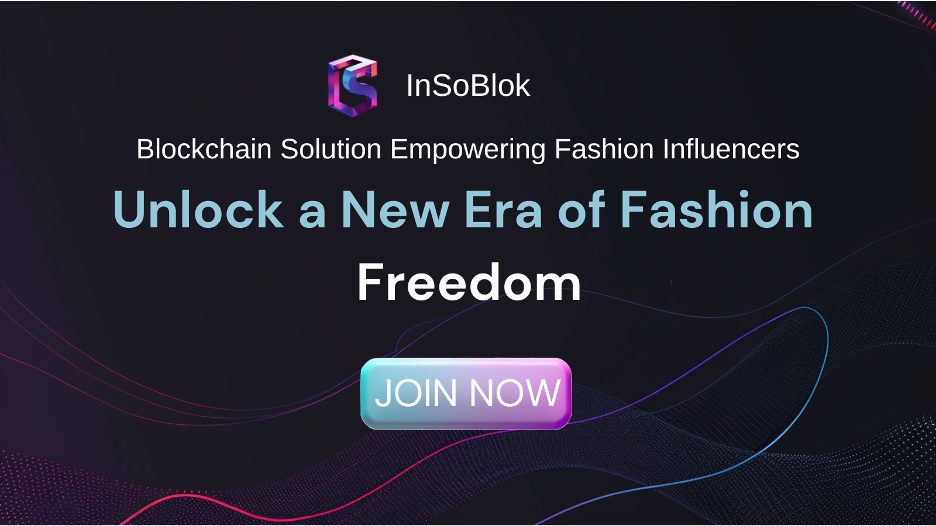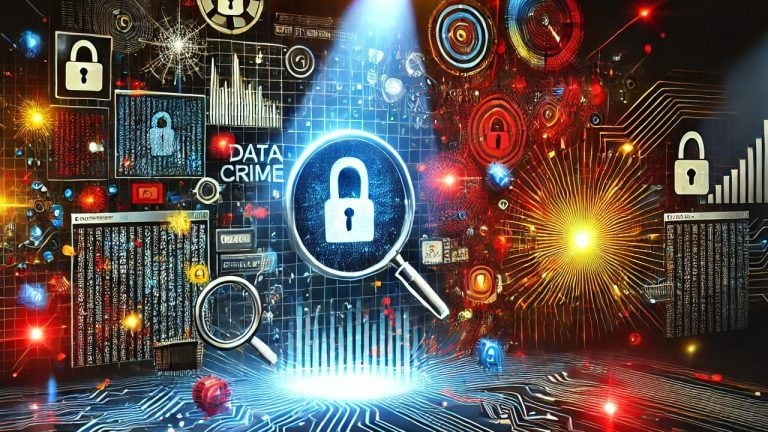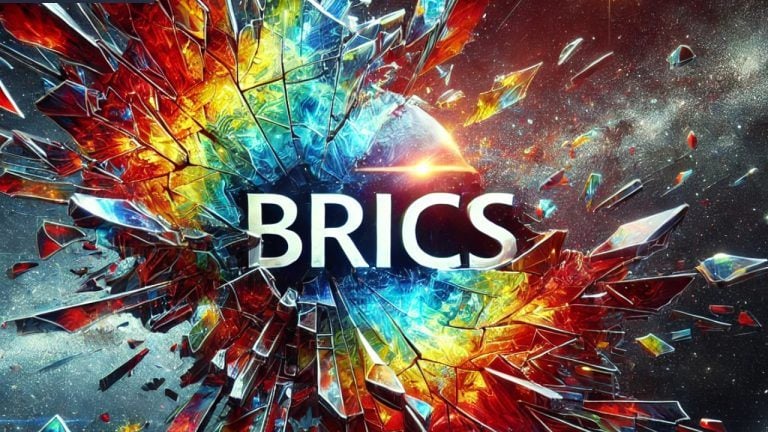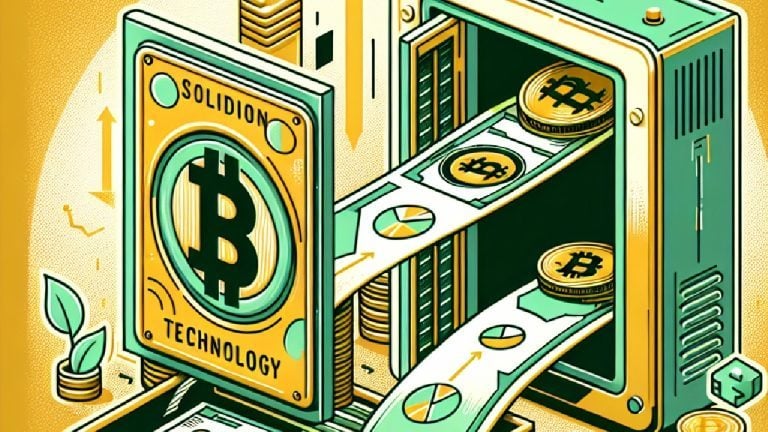What Every Beginner Should Know About Non-Fungible Tokens
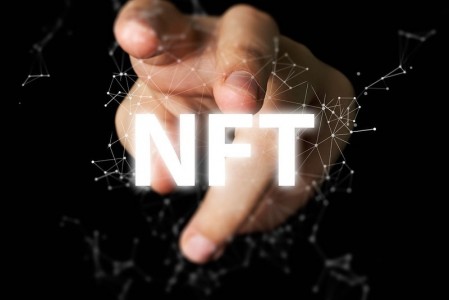
Digital assets are becoming more popular as blockchain technology is evolving and enriching this area. Cryptocurrencies, security tokens, privacy tokens, and other digital assets are just some of the terms you can hear when talking about these emerging technologies, but non-fungible tokens or NFTs are among the fastest-growing sectors in the entire crypto industry.
Many people are already maximizing the potential of NFTs. Some are creating their digital art and selling it on NFT marketplaces, while others are investing heavily into these digital assets and trying to earn serious money with it.
To learn what benefits you can start enjoying once you enter the fascinating NFT world, we’ve decided to gather all relevant information about it in this article.
What are Non-Fungible Tokens?
As we’ve already said, non-fungible tokens are digital assets containing identifying information recorded in smart contracts. This information is what makes every NFT unique, meaning they cannot be replaced by another token. You cannot exchange one token for another as you can do with banknotes. Also, Bitcoin is a fungible token that can be exchanged for another Bitcoin. You can even send a smaller amount of one Bitcoin, which is measured in satoshis because fungible tokens are also divisible.
How do NFTs Work?
As said, tokens like Bitcoin and Ethereum-based ERC-20 tokens are fungible, but Ethereum’s non-fungible ones, like CryptoKitties and Decentraland, are ERC-721.
NFT smart contracts allow creation of non-fungible tokens. These smart contracts can be defined as technology that eliminates the need for a third party and enables both parties to enjoy the benefits of the contract once the conditions have been completed. Besides Ethereum, which is the most commonly used blockchain, there are also now Solana, Tezos, EOS, Flow, NEO, TRON, etc. All of these blockchains support non-fungible tokens.
NFTs and their smart contracts enable adding of detailed attributes, such as the owner’s identity, rich metadata, or secure file links. The potential of NFTs to immutably prove digital ownership is a vital progression for those who create in the digital world. This means that once a buyer purchases an NFT, they will have proof of digital ownership with the NFT.
However, it is important to know that non-fungible tokens are still in the early phase, including the protocols, smart contract, technology, and decentralized applications. Another challenge that is often discussed is creating a standard. To ensure that NFT is as successful technology as it can be, it needs to have unified protocols and interoperability.
NFT Programming
As much as NFT opened the door for digital artwork enthusiasts to purchase and sell unique digital assets, there is another community that is growingly interested in NFTs – developers. Many will often assume that NFT programming is complicated and difficult. Besides a few prerequisites, NFT programming is pretty much like any other. By using open source tools, developers are able to import reliable smart contracts so they don’t have to start from zero.
Quite often, a developer with certain skills and knowledge will quickly learn how to use these tools and is able to build an NFT in no time. In fact, NFT programming is easier and less time-consuming than other development projects.
Creating and Selling NFTs
To learn how to create and sell NFT, you will first need to have some cryptocurrencies in your digital wallet, which is just a digital version of a traditional wallet. The cryptocurrency you will need to have will depend on the type of NFT marketplace you choose to sell your digital work on. Most NFT marketplace will require buying Ethereum, while others might prefer alternative options.
Then, once you’ve set your digital wallet and put some crypto money in it, you will need to open your profile on one of the NFT marketplaces and start building your profile. Add your description and choose the category in which you will create your digital art. There are plenty of options, but the more particular you are, it will be easier to build your community.
When you have your account ready and the first pieces you would like to sell, it’s time for a bit of promotion and marketing. Keep in mind that to sell NFTs, you have to find your target audience and connect with them. Many NFT creators use social media to promote their art and find followers and then direct them to their NFT profile where their artwork can be purchased.
What to Expect From NFTs In the Future?
As this is an emerging technology, which relies on other emerging technologies to function, it is difficult to predict how it will develop in the next five or ten years. That said, NFTs will probably continue growing and more people will become interested in this type of investment. Once the protocols and other requirements are unified, NFT will provide another layer of security which will encourage those who are a bit skeptical about this trend to give it a try.
We can definitely expect more NFTs, more users in the sphere, but also more benefits from NFTs that will aim to resolve current pain points in several industries, supply chain included. That is why now is the perfect time to start learning about non-fungible tokens and start maximizing their potential before everyone else starts doing the same.


